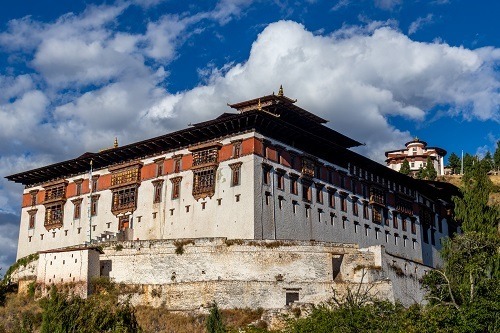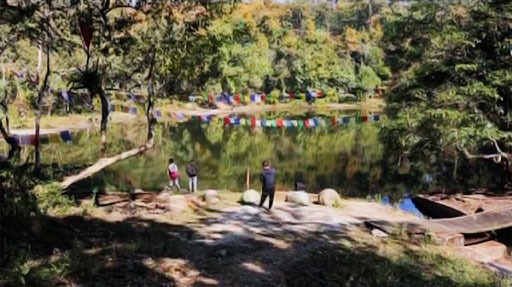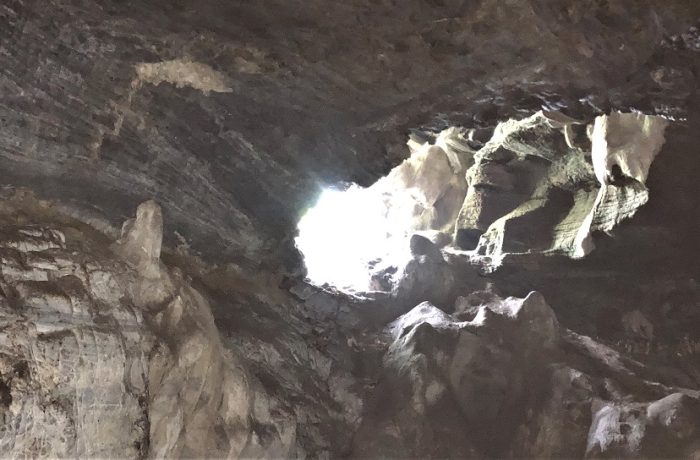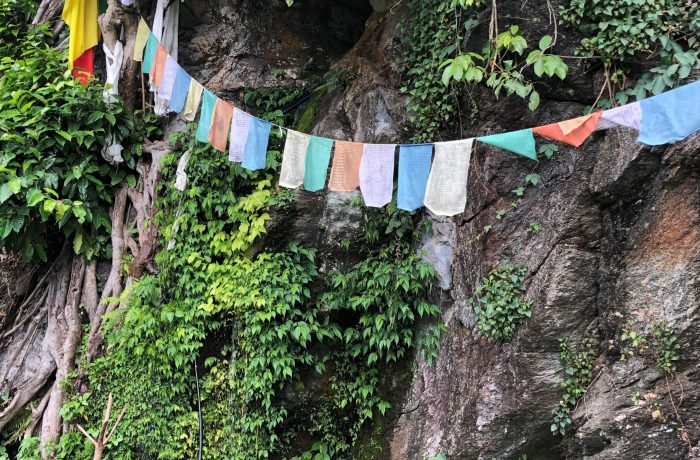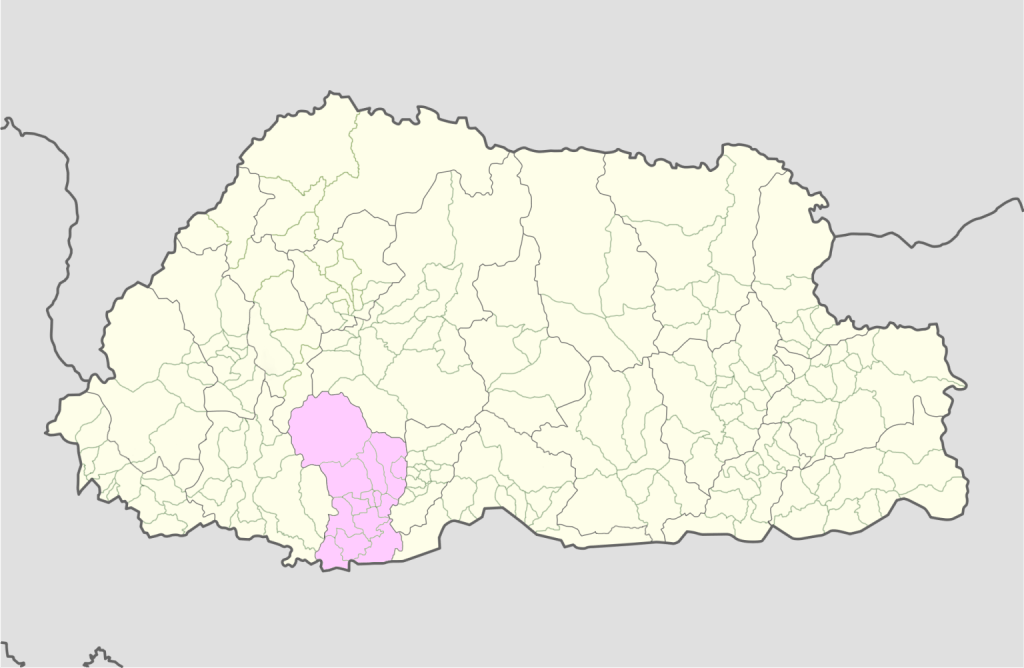
Dagana is a verdant region and over 80% of the district is under forest cover. Hardy trees like Champ, Augury, Chirpine and Sal grow throughout the region. Located below the major valleys of Thimphu and Wangdue Phodrang, Dagana stretches all the way down to the southern border of the kingdom.
The place gets its name from the historic Daga Trashiyangtse Dzong which was established in 1651 by Zhabdrung Ngawang Namgyel, the first man to unify Bhutan. This historic landmark still functions as the district administration centre today. The district is mainly inhabited by two major ethnic groups, the Ngalops and the Lhotshampas. Although, in recent years, people from other regions have migrated to the region. This has added to the cultural diversity of the region with the introduction of new festivals and traditions.
One of the more interesting features of Dagana are the three stone Megaliths, known as “Sky Pillar Rock” (Do Namkhai Kaw), “The Rock of Ancient Steps” (Do Kelpai Genthey) and “The Frontier Sky Fortress” (Tha Namkhai Dzong). Legend has it that when Daga Trashiyangtse Dzong was being constructed, the megalith known as the Frontier Sky Fortress emitted telepathic messages to the builders stating that the Dzong would collapse if it was built any higher than it currently stands. Even today the golden cupola of the Dzong is said to be level with the tip of the megalith.
Similar to all Dzongkhags, there are Buddhist temples and monasteries throughout the district. Two temples that elicit special mention are the Shathong Lhakhang, founded by the Buddhist Master Dupthob (Siddhi) Shawa Ripa and the Nyindukha Lhakhang founded in the 18th century. Shawa Ripa is an ancient Buddhist Master that is said to have lived for over 900 years. Agriculture is the main source of livelihood for the inhabitants of the Dzongkhag. Two of the main crops cultivated in the region are oranges and rice.

